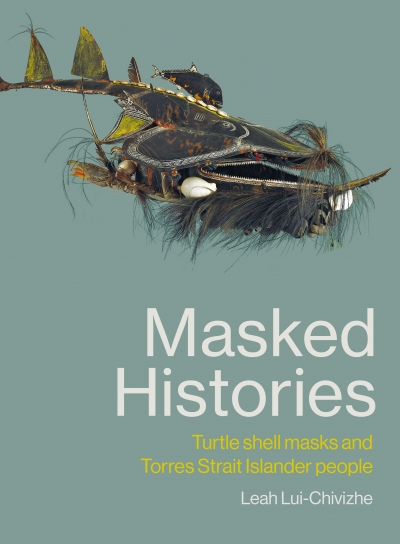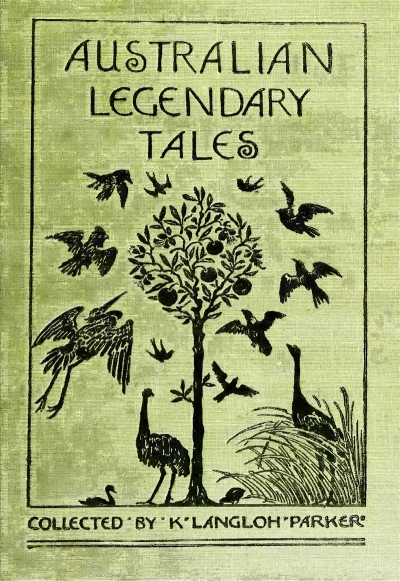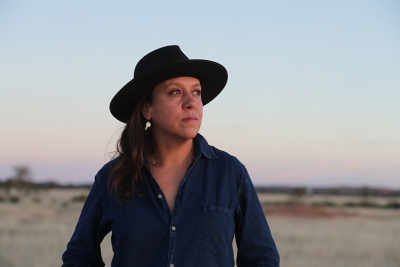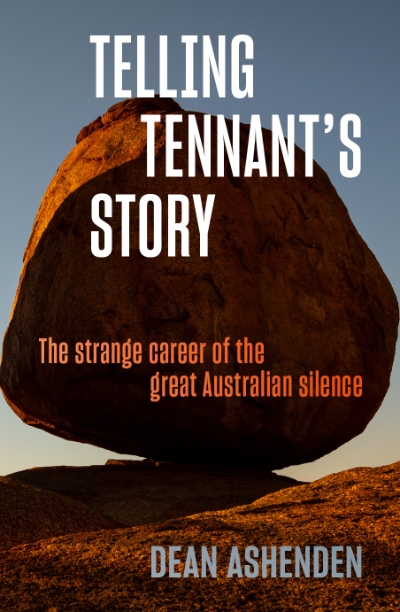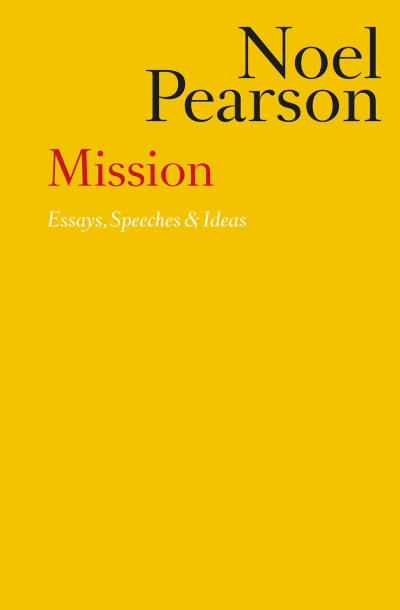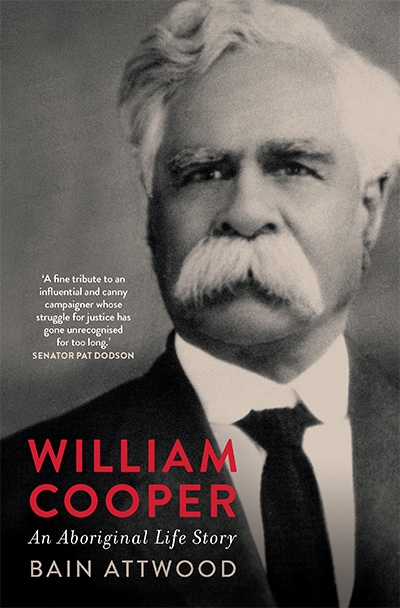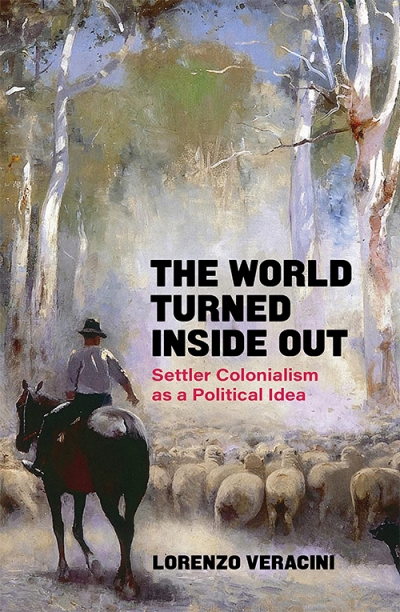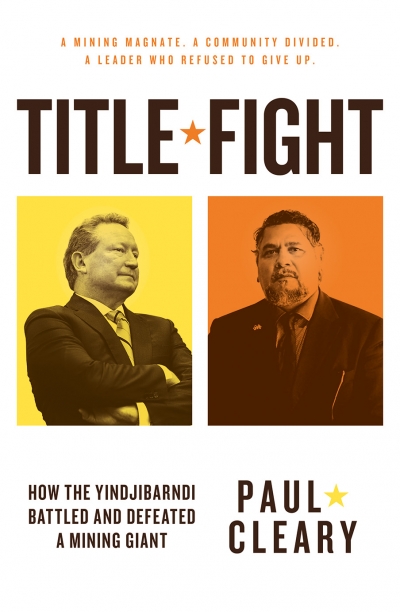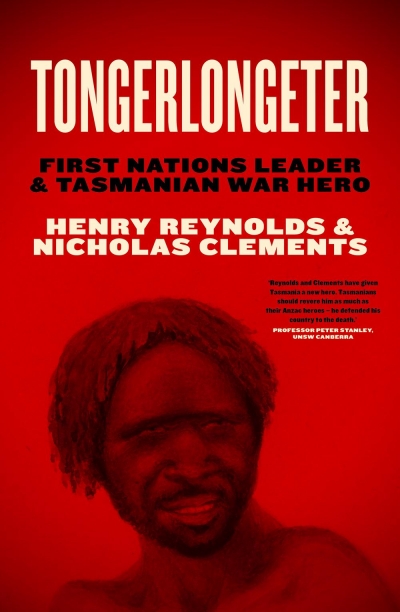Indigenous Studies
Masked Histories: Turtle Shell Masks and Torres Strait Islander People by Leah Lui-Chivizhe
by Ben Silverstein •
At a pivotal moment in the new SBS miniseries The Australian Wars, director and presenter Rachel Perkins takes us to a place she says is ‘etched in the memory of my family. A place called Blackfellas Bones.’ Perkins turns to talk directly to camera: ‘You know, we turn away from things that we don’t want to see. We all do it. And I admit that I actually didn’t really want to make this documentary series because I knew that I’d have to spend years going through the horror of it. But … making this film has led me to this place … a place where many members of my family were killed. But my great grandmother survived to tell the story.’
... (read more)Telling Tennant’s Story: The strange career of the great Australian silence by Dean Ashenden
by Kim Mahood •
The World Turned Inside Out: Settler colonialism as a political idea by Lorenzo Veracini
by Sarah Maddison •
Title Fight: How the Yindjibarndi battled and defeated a mining giant by Paul Cleary
by Stephen Bennetts •
True Tracks: Respecting Indigenous knowledge and culture by Terri Janke
by Laura Rademaker •
Tongerlongeter: First Nations leader and Tasmanian war hero by Henry Reynolds and Nicholas Clements
by Libby Connors •

